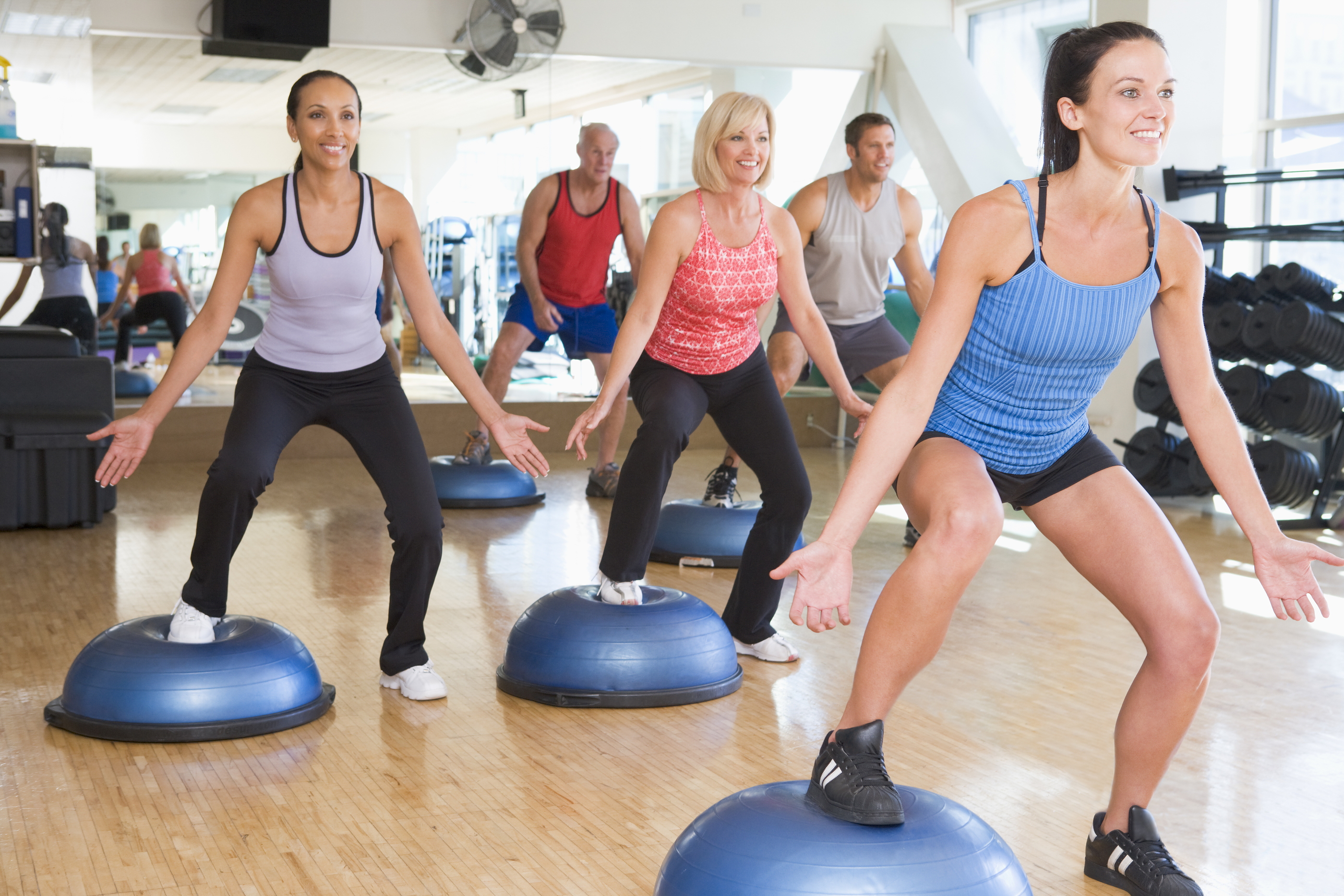Salt is very bad for the health of bones

Salt is very bad for the health of bones and engaging in physical activities will help in reducing the salt content in the body
Salt is very bad for the health of bones: Osteoporosis
Ordinarily salt is needed to add taste to the food we consume. And to many people food without salt is not anything to consider. However it can pose a great obstacle to a study skeleton. According to some studies, it has been established that postmenopausal women with a high salty diet lose more bone minerals than their counterparts of the same age. The saltines of the typical American diet is one of the reasons why calcium requirements are so high. The experts at AWAREmed Health and Wellness Resource Center under the able leadership of doctor Dalal Akoury MD, are in agreement that regular table salt and simply sodium causes calcium loss and with time weakens the bones
Statistics on salt consumption
According to the 2005 Dietary Guidelines for Americans advise limiting sodium to 2,300 milligrams a day which is an equivalent of a teaspoon of salt. Despite this advice many people are still consuming up to least 4,000 milligrams daily. Generally speaking, for every 2,300 milligrams of sodium you take in, about 40 milligrams of calcium is lost in the urine. For stability it is important for people to get the right units of calcium and vitamin D daily to help in offsetting bone loss from the consumption of salt. The following are the recommended units of calcium and vitamin D:
- Adults up to age 50 require 1,000 milligrams of calcium daily — the equivalent of three 8-ounce glasses of milk.
- Older adults need 1,200 milligrams of daily calcium – about half a glass more of milk.
- People need 200 International Units (IU) of vitamin D a day until age 50.
- Adults need 400 IU of vitamin D from the ages of 51 to 70 years.
- Seniors need 600 IU of vitamin D a day after age 70.
The best sources of vitamin D should be from natural origins like natural sunlight and from fortified milk, egg yolks, saltwater fish, liver, and supplements.
We may succeed in eliminating salt shakers from our tables and even prepare meals without salt. But this is just a reduction of very negligible portion. It is no wonder that of all the dangers to the bone, salt is one which may be the hardest to eliminate. This is so because all the processed foods including whole grain breads, breakfast cereals, and fast foods are very rich in salt. As a matter of fact these constitute up to 75% of salt we consume. Therefore if you want to reduce the diet danger, take note of some of the highest-salty foods to limit or avoid. Choose no-added salt versions whenever possible.
- Processed meats, such as deli turkey and ham, and hot dogs
- Fast food, such as pizza, burgers, tacos, and fries
- Processed foods, including regular and reduced-calorie frozen meals
- Regular canned soups and vegetables and vegetable juices
- Baked products, including breads and breakfast cereals
Finally doctor Akoury advices that you need to scan food labels for sodium content to ensure that you only go for those with the lowest units of sodium for better bones. We appreciate that this may not be very easy which is why going for plenty of potassium-rich foods like bananas, tomatoes, and orange juice can work for you. Potassium may be helpful in decreasing the loss of calcium and for more information you can contact doctor Akoury now.
http://regenerativepotential.com/wp-admin




